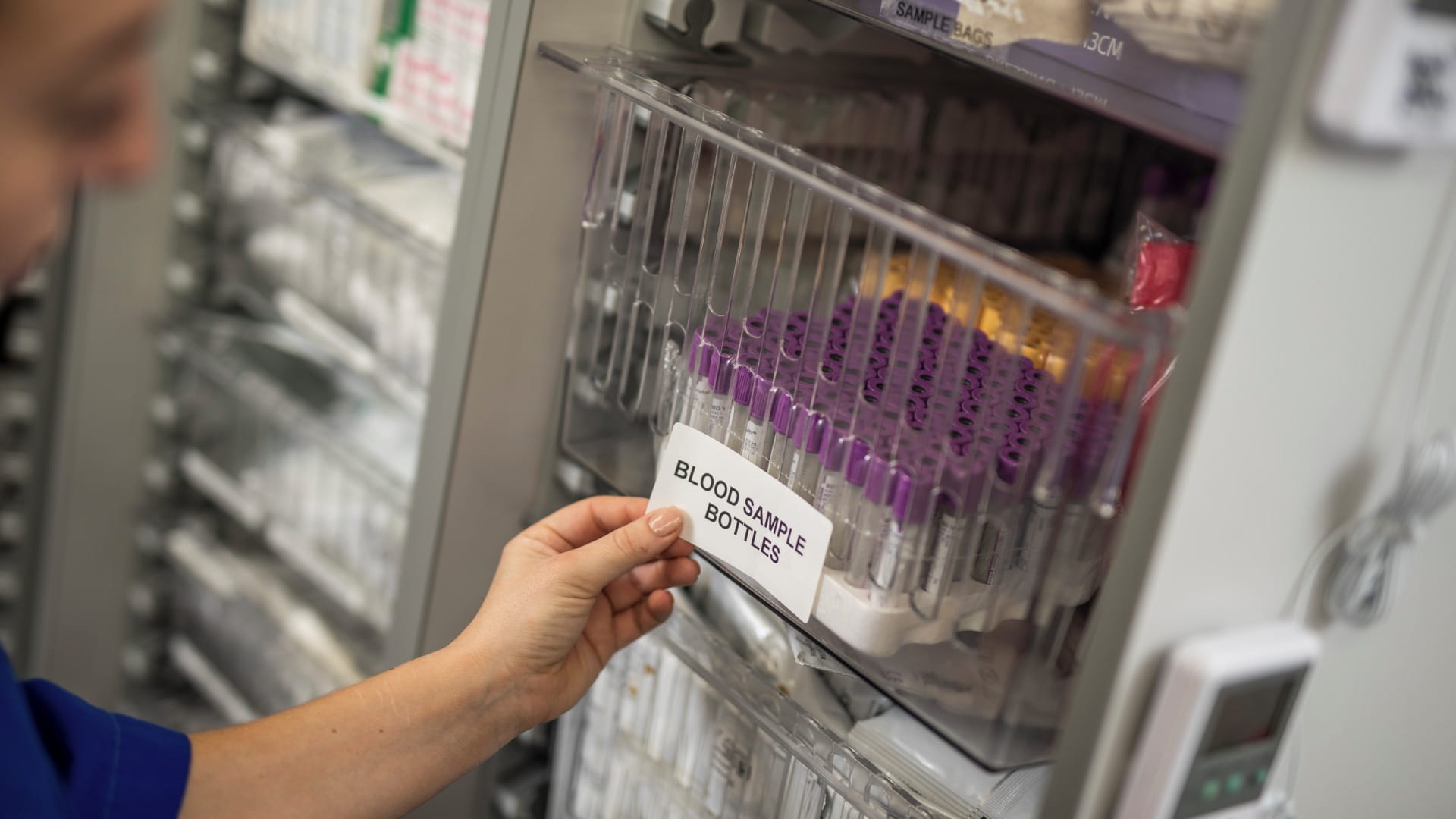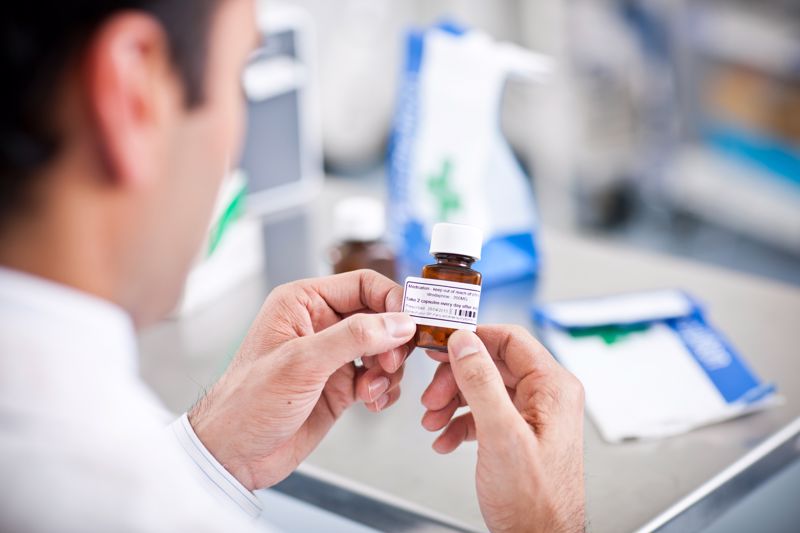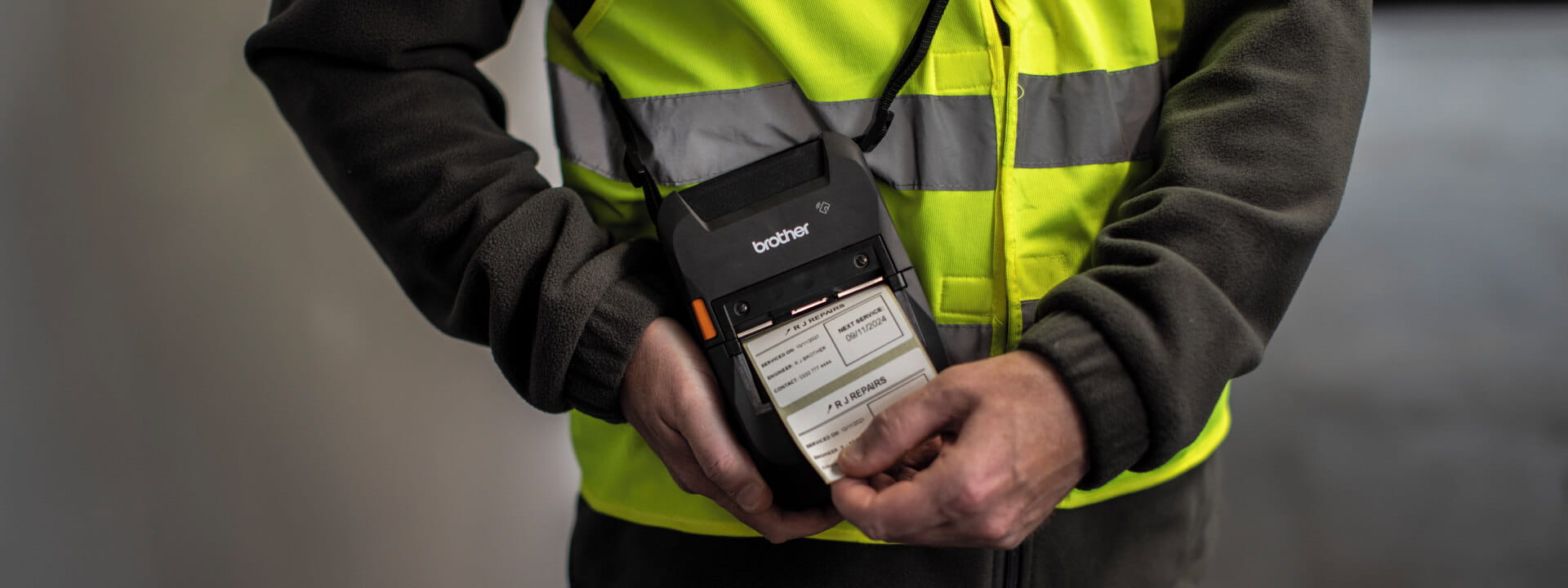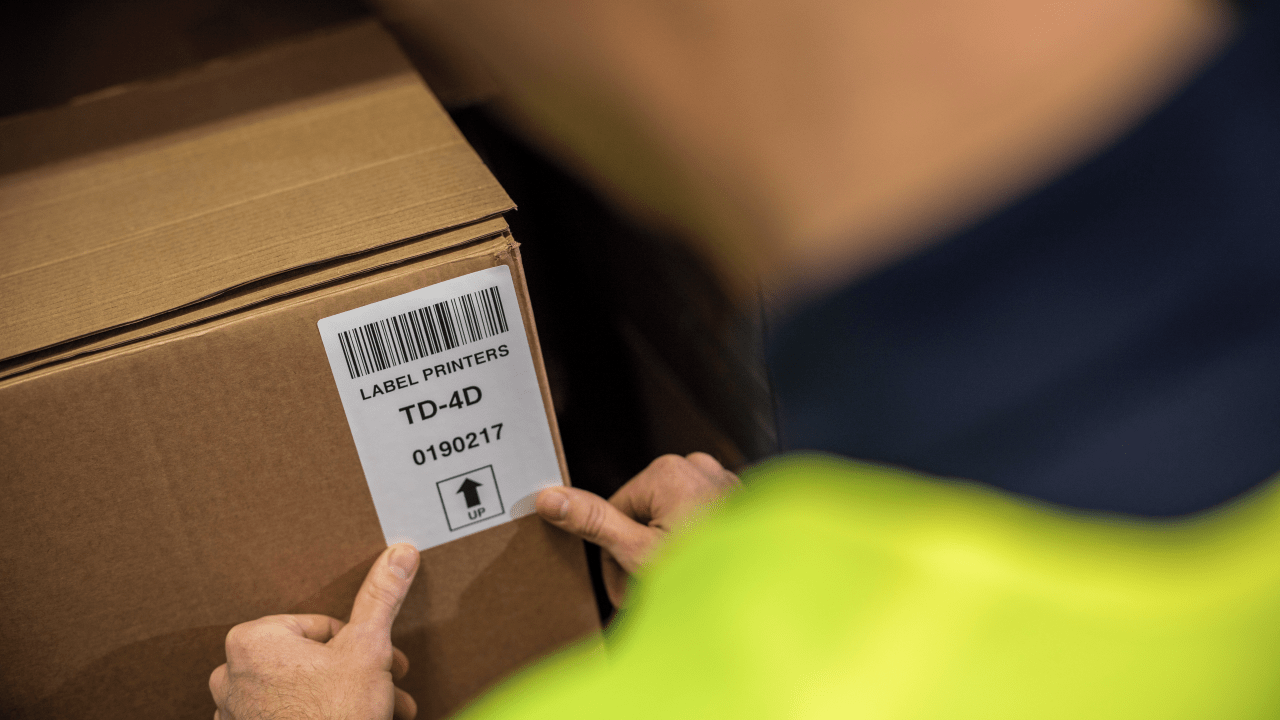
Labels aren’t to be overlooked. They’re a big part of many everyday workflows in a wide variety of businesses, but there’s perhaps no industry more dependent on labelling than healthcare.
Whether you run a hospital, clinic, aged care centre or a testing facility, all medical professionals rely on labels to fulfil various important functions. But if those labels aren’t made with the right material, they could fade, tear, smudge or lose adhesion, thus throwing critical processes for a loop and jeopardising patient safety.
Let’s take a closer look at how labels are used in the healthcare industry and why durability is a must-have solution.
Navigating compliance in healthcare labelling
Few industries are as tightly regulated as healthcare. After all, the quality of care you provide your patients has a direct impact on their short and long-term wellbeing.
Everything in healthcare is under strict governance from a multitude of regulatory bodies and organisations — labelling included. Because of its integral role in the industry — from vaccines and medicines to blood tests and equipment — labels are a tightly controlled asset.
Medical devices, for example, have their own set of requirements that healthcare providers are obligated to follow, per the Therapeutic Goods Administration. But at the same time, medicine labels are held to their own standard . In any case, maintaining compliance with medical labelling regulations comes down to printing the necessary information on any given label.
The type of information you’re required to provide includes:
- Instructions for safe use
- Intended purpose of a medical device
- Warning signs, restrictions and operating instructions
- When and by whom a sample or test was taken
The information listed above are all critical components of ensuring quality and safe medical care to all patients. If a label fails due to poor adhesion, durability or illegibility, it could put you at risk of noncompliance and, even worse, endanger the livelihoods of your patients.
 Labels are a vital source of information in a healthcare environment.
Labels are a vital source of information in a healthcare environment.Challenges of labelling in healthcare
At the end of the day, healthcare is a science, and there’s nothing more central to the scientific method than understanding your variables at every step in the process.
From beginning to end, there are many factors at play that you need to consider when affixing labels to critical healthcare applications. Any one of them might pose a significant obstacle to effective labelling and in turn could present a risk to both staff and patients.
Here are a few of the most relevant variables that necessitate a stronger, more durable solution:
- Chemicals and solvents: Chemicals are a staple of many medical procedures. If ordinary labels come into contact with such substances, they could deteriorate or smudge
- Abrasions: Frequent use of equipment may cause abrasions and scrapes that render a label unreadable
- Temperatures: Specimens are especially sensitive to temperatures, which requires them to be stored in freezing cold environments. Hot and cold conditions could easily destroy an ordinary adhesive and damage a label
- Security: It’s important for healthcare providers to track assets — including patients and visitors — as they move throughout the premises. Ordinary labels lack the durability or traceability to adequately protect the integrity of labels or the wellbeing of patients
- Digital access: QR codes and barcodes are two types of labels that can link patients and staff to an online destination where they can obtain more information about a device or particular medicine. Ensuring these labels are scannable is paramount to fulfilling their purpose
Use cases in the healthcare industry
The complexities of labelling in the healthcare industry are widespread. That’s why it’s so important for healthcare professionals to deploy an adequate labelling solution to as many critical applications as possible.
Still wrapping your mind around the need for a smarter, more durable approach to labelling? Consider the importance of labels within the following use cases:
- Inventory management: Labels can help staff rapidly identify and manage assets, including medicines, equipment and consumables. According to Kaspersky, labels can help hospitals end manual errors and inefficiencies by helping them track assets effectively
- Laboratory: Labels help lab technicians identify and organise specimen during the collection, testing and analysis process
- Pharmacy: Pharmacists depend on labels to accurately dispense medications and provide accurate prescription instructions for medication packaging
- Medical charts: Patient charts require labels to communicate information and keep medical records safe and organised
- Safety: Labelling plays an important role in keeping patients and staff safe in a healthcare facility. Safety labels can be used in many places, including beside an electrical outlet, affixed to a medical device or attached to a hazardous substance
 Labels are especially important for identifying dispensed medications.
Labels are especially important for identifying dispensed medications.Durability: The future of healthcare labelling
Simply put, you can’t afford to use labels that don’t stand the test of time. Less durable labels that need to be frequently replenished, can put you at risk of noncompliance and are a threat to patient safety.
Fortunately, there’s a smarter, durable solution. Durable labels are the ideal alternative to ordinary, traditional labels because of their unmatched adhesive strength and longevity. For example, Brother’s TZe label tapes are made with seven layers of protective material and printed using thermal technology.
The result is a professional-grade, extremely durable and cost-effective label. TZe tapes are lab-tested to withstand extreme temperatures, as required for certain storage conditions. They’re also resistant to light, chemicals, water and abrasions — all relevant variables in a hospital setting where items are frequently sterilised and deep cleaned. With long-lasting adhesive strength, they uphold their critical purpose and keep people out of harm’s way.
Empowered by a reliable label printer and durable TZE tape, healthcare professionals can benefit from:
- Increased patient safety: Ensure accurate, consistent documentation and labelling at all times
- Simplified compliance: High-quality labels uphold their purpose and help you focus on providing outstanding care
- Complete reliability: Print tough, laminated labels on out-of-the-box ready printers that are built to last
- Compact devices: Space is limited in many healthcare settings, which necessitates the use of compact printers with smaller footprints
Brother’s durable labelling solutions are the ideal way to future-proof your healthcare facility with labels that are built to last. Reach out to our team to learn more about how our labelling technologies can benefit your facility today.





